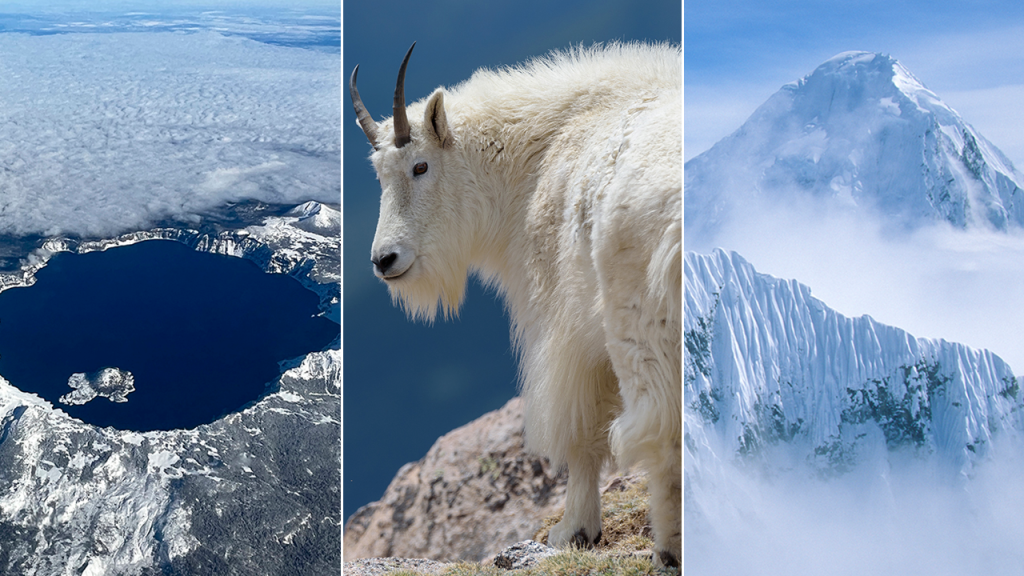National Park Week is a time to celebrate the beauty of the great American outdoors, and while there are many well-known historic sites and landscapes within the U.S. park system, there are also many lesser-known features and facts to discover. The National Park Foundation notes that national parks hold different meanings and connections for each visitor, representing shared history, a sense of discovery, and dreams of the future. One Ohio grandson even took his 92-year-old grandmother on a journey to visit every single national park, calling the experience “transformational.”
The National Park Service protects over 85 million acres of natural resources and historic sites across the country, including the largest national park, Wrangell-St. Elias National Park in Alaska, which covers 13.2 million acres. Mackinac National Park, the second national park in the U.S. founded in 1875, was returned to the state of Michigan in 1895 and is now known as Mackinac Island State Park. Death Valley National Park in California recorded one of the hottest temperatures on Earth in 1913, reaching a scorching 134 degrees at Furnace Creek.
Dry Tortugas National Park in Florida is home to an abundant sea turtle population, with five species nesting annually in the area. Mammoth Cave National Park in Kentucky boasts the longest cave system in the world, with 426 mapped miles discovered so far. First State National Historic Park in Delaware is the state’s only national park, established in 2015 by an act of Congress, while neighboring states Maryland and New Jersey have a total of 27 national parks combined.
Yellowstone National Park has seen three of the world’s largest volcanic eruptions, occurring 2.1 million, 1.3 million, and 631,000 years ago. Carlsbad Caverns National Park in New Mexico is home to the deepest cave in the country, with Lechuguilla Cave mapped at 1,604 feet deep and over 145 miles of passages. Kalaupapa National Historic Park in Hawaii was once a leper colony at Molokai Island, where patients lived in isolation until Hawaii’s isolation policy was abolished in 1969.
South Dakota’s Wind Cave National Park was the first cave in the world to become a national park, designated by President Theodore Roosevelt in 1903. Crater Lake National Park in Oregon is home to the deepest lake in the U.S., formed by the collapse of a tall peak in an eruption 7,700 years ago. Olympic National Park in Washington has had no bear-related deaths but experienced a mountain goat killing a hiker in 2010, as the animals lost their fear of humans due to exposure.
Hawaii Volcanoes National Park on the Big Island houses the largest volcano on Earth, Mauna Loa Volcano, which rises more than 30,000 feet from the sea bottom. The Grand Canyon, part of Grand Canyon National Park in Arizona, is known as one of the Seven Natural Wonders of the World, encompassing over 1.2 million acres. White Sands National Park in New Mexico contains the largest gypsum dune field in the world, spanning 275 square miles of desert. These unique and fascinating facts about national parks showcase the diverse natural landscapes and historical significance found throughout the U.S. wilderness.


